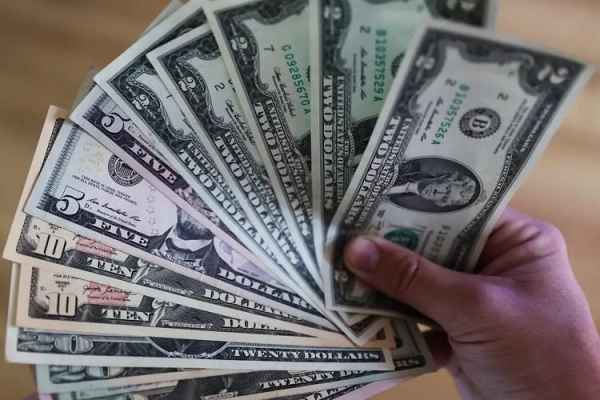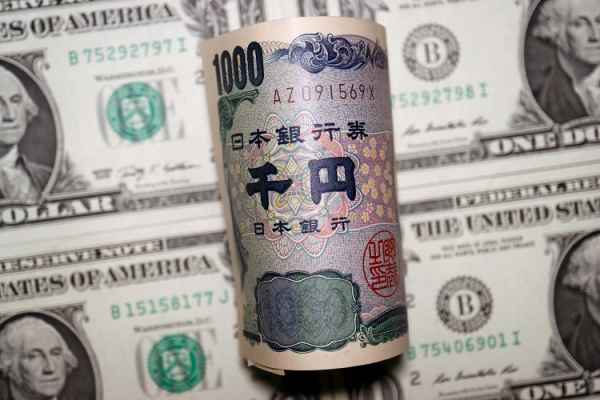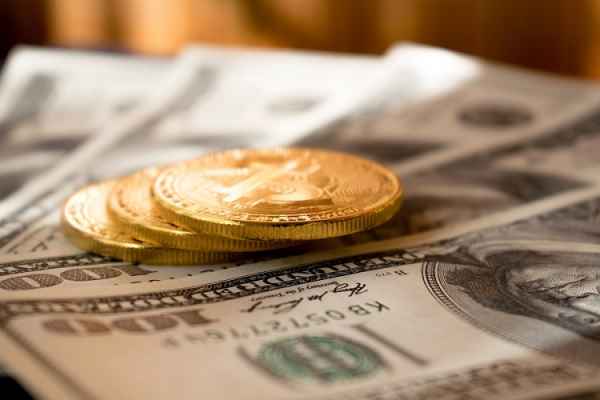Market suspects Japan conducted a currency intervention, as USDJPY suddenly plummeted to its lowest level around 147.30 yesterday.
The market witnessed suspicious turmoil in USD/JPY last night. In the middle of the New York session, this ninja duo suddenly plummeted from near the 150.00 threshold to the lowest level around 147.30. However, the decline was short-lived. In a short period, USD/JPY bounced back to the 149.00 range and held steady until the Asian session today (October 4th).

Market participants have long speculated about the intervention area above the 150.00 threshold. It is rumored that Japan will intervene in the market if the yen's exchange rate weakens to more than 150 yen per US dollar.
The turmoil in USD/JPY last night seemed to confirm these speculations. However, Japanese officials have declined to comment.
The opinions of experts and market analysts are now divided. Some believe that the Bank of Japan quietly conducted currency intervention, even though no Japanese officials admitted it.
Michael Brown, a market analyst at Trader X, suggested that the turmoil in USD/JPY had all the characteristics of an intervention and noted that it would have been an extraordinary coincidence if such an intervention hadn't occurred then.
Others argue that the turmoil occurred solely because some market participants became apprehensive when USD/JPY breached the 150.00 threshold. Data indicates that USD/JPY fluctuated by around 4% when Japan intervened in September and October 2022, whereas yesterday's turmoil was only around 2%.
Colin Asher, a senior economist at Mizuho in London, suggested that the possibility existed that individuals were anticipating intervention and subsequently responding to what they perceived as such. He also noted that it is uncommon for a currency to briefly exhibit such rapid and aggressive movements without a discernible cause, typically signaling intervention.
Japanese Finance Minister Shunichi Suzuki declined to comment at all. He only stated that currency exchange rates should move steadily to reflect fundamentals. Masato Kanda, Deputy Finance Minister for Foreign Affairs, met with Prime Minister Fumio Kishida today.
Kanda only mentioned discussing "the economy in general" and refused to confirm whether the topic included the yen exchange rate. He emphasized that Japanese intervention would only target market volatility and not specific yen levels.
Whether intervention occurs, bullish pressure on USD/JPY remains very strong. In such a situation, any decline in USD/JPY for any reason is likely to be a temporary correction unless a fundamental catalyst reduces interest in buying the US dollar and increases yen buying sentiment simultaneously.
"It's uncertain whether Tuesday's volatility was due to intervention. But judging from the government's policy and the tools left for Japan, the finance ministry is likely keen to step in," said Yoshimasa Maruyama, chief market economist at SMBC Nikko Securities.
"When yen-selling pressure persists, the chance of intervention reversing the USD/JPY trend isn't high."

 Dedicated FREE FOREX VPS
Dedicated FREE FOREX VPS Free FOREX Virtual Private Server
Free FOREX Virtual Private Server MT4 Demo Contest, Get $500
MT4 Demo Contest, Get $500 Sign Up for an Account, Claim 60% Deposit Bonus
Sign Up for an Account, Claim 60% Deposit Bonus Free MT4/MT5 VPS 2024
Free MT4/MT5 VPS 2024 Send E-mail and Get Free Merchandise
Send E-mail and Get Free Merchandise $1K Refer a Friend Bonus for Pepperstone Pro clients
$1K Refer a Friend Bonus for Pepperstone Pro clients Maximize Your Earnings with 100% Deposit bonus
Maximize Your Earnings with 100% Deposit bonus Trade to Win, $5,000 Monthly Demo Contest
Trade to Win, $5,000 Monthly Demo Contest Claim 30% + 15% Deposit Bonus from LiteFinance
Claim 30% + 15% Deposit Bonus from LiteFinance






